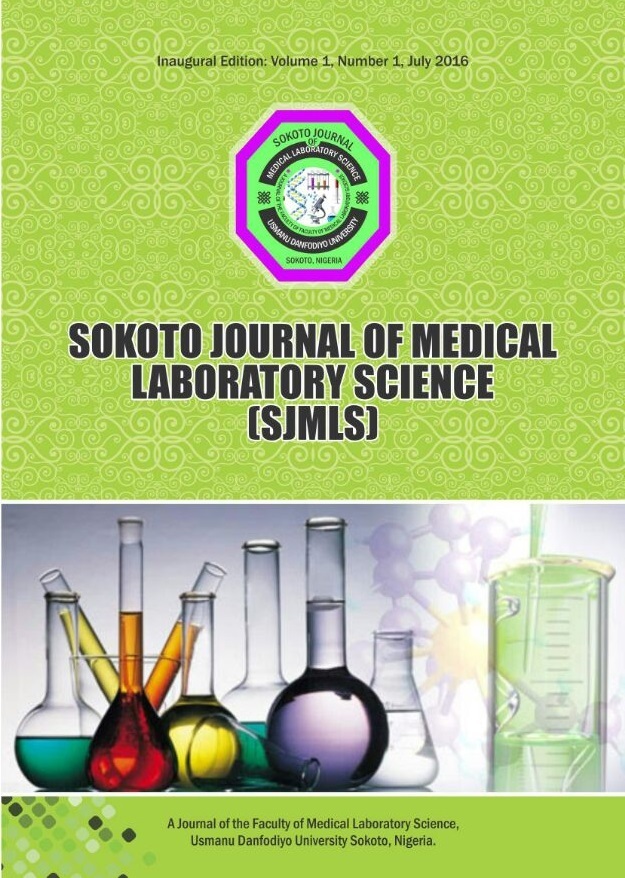Evaluation of the Effects of Garlic, Ginger and Turmeric on Selected Haematological Parameters in Wistar Rats
DOI:
https://doi.org/10.4314/sokjmls.v9i2.12Keywords:
Blood donors, Serological markers, Hepatitis B virus, Viral loadAbstract
With a global prevalence of 3.9% and a staggering 292 million individuals affected globally, hepatitis B virus (HBV) infection stands out as a prominent global public health problem. In locations with elevated prevalence rates, blood transfusions and related products emerge as significant vectors of HBV transmission stressing its importance as a potential complication in such environments. This is a hospital-based cross-sectional study that engaged 71 HBV positive potential blood donor samples attending the blood donor bay of ABUTH-Zaria. The aim of this study is to determine the HBV viral load using RT-PCR among HBV-infected individuals and the corresponding serological markers (HBsAg, HBeAg, HBsAb, HBeAb, HBcAb) profile of potential blood donors using lateral flow chromatographic immunoassay technique. Data generated were analyzed using GraphPad prism version 6.01. Statistical significance was determined at P≤0.05. HBsAg was identified in all 71 cases (100%), HBeAg in 5 samples (7.04%), anti-HBs in 1 sample (1.41%), anti-HBe in 62 samples (87.32%), and anti-HBc in all 71 samples (100%). Participants within the 28-37 age group demonstrated the highest prevalence of both HBsAg and anti-HBc markers, comprising 27 (38%) each of the total. Participants aged 28-37 years also demonstrated the highest prevalence of anti-HBe. There was also an observed majority of male participants among HBV-infected individuals in our study. Predominantly, the participants in this study showed HBsAg-positive status in 71 cases (100%) (X2=127.305; p<0.0001); HBeAg-negative status in 66 cases (92.96%) (X2=113.932; p<0.0001); HBeAb-positive status in 62 cases (87.3%) (X2=104.736; p<0.0001); and HBV DNA levels <2000 IU/mL. These parameters collectively depict an inactive carrier phase (immune-control stage) of the disease among the study participants. This study reveals an inactive carrier phase of the disease in 7.04% of the participants, emphasizing chronic hepatitis B's prevalence that require antiviral treatment to prevent disease progression. Additionally, HBV serological indicators (excluding HBsAb) are more common in younger adults, highlighting the need for enhanced injection safety, vaccination protocols, and viral load testing in healthcare centers to prevent unnecessary antiretroviral therapies and ensure effective healthcare delivery to eliminate HBV infection.




